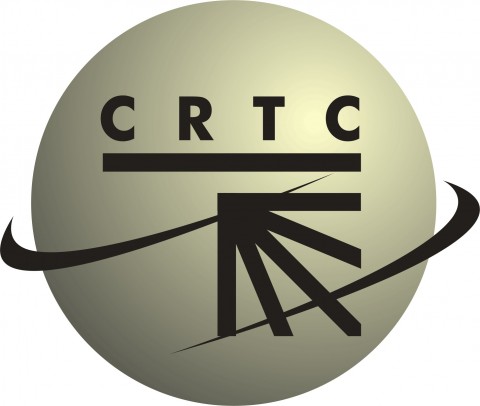
OTTAWA-GATINEAU – The CRTC fleshed out more details on its Broadband Fund Thursday, a $750 million initiative designed to improve broadband Internet access services in underserved areas and help meet its universal service objective first set out in 2016.
The Commission described the criteria that it will use to evaluate applications for funding, adding that it will begin accepting applicants in 2019. TRP CRTC 2018-377 also details the fund’s governance, operating and accountability frameworks, though specifics such as an application guide, application forms and eligibility maps will be released in the coming months.
“For the main component of the Fund, the Commission will consider applications to build or upgrade access and transport infrastructure for fixed and mobile wireless broadband Internet access services in underserved areas”, reads the decision. “The Commission will use a separate evaluation process for applications to serve satellite‑dependent communities.”
The CRTC added that its selection process will be done in three separate stages: the eligibility, assessment, and selection stages. The decision also includes specific criteria and considerations, such as the efficient use of funds, funding for projects in multiple regions, the type of project, as well as any affected Indigenous and official language minority communities.
“Canadians living in rural and other underserved areas need high-quality broadband Internet and mobile wireless service to fully participate in the digital economy and to access health care, education, government and public safety services”, said CRTC chair and CEO Ian Scott, in a statement. “Today’s decision marks a key milestone in setting up the Broadband Fund, which will facilitate access to these services to thousands of Canadians across the country.”
The Commission did back off on speed requirements, however. While its universal service objective originally called for 50 Mbps download and 10 Mbps upload as a target, it said receipients of funding here would have to provide 25 Mbps down and 5 Mbps up – and that those speeds must be the minimum delivered, not an "up-to" promise.
More to come.



